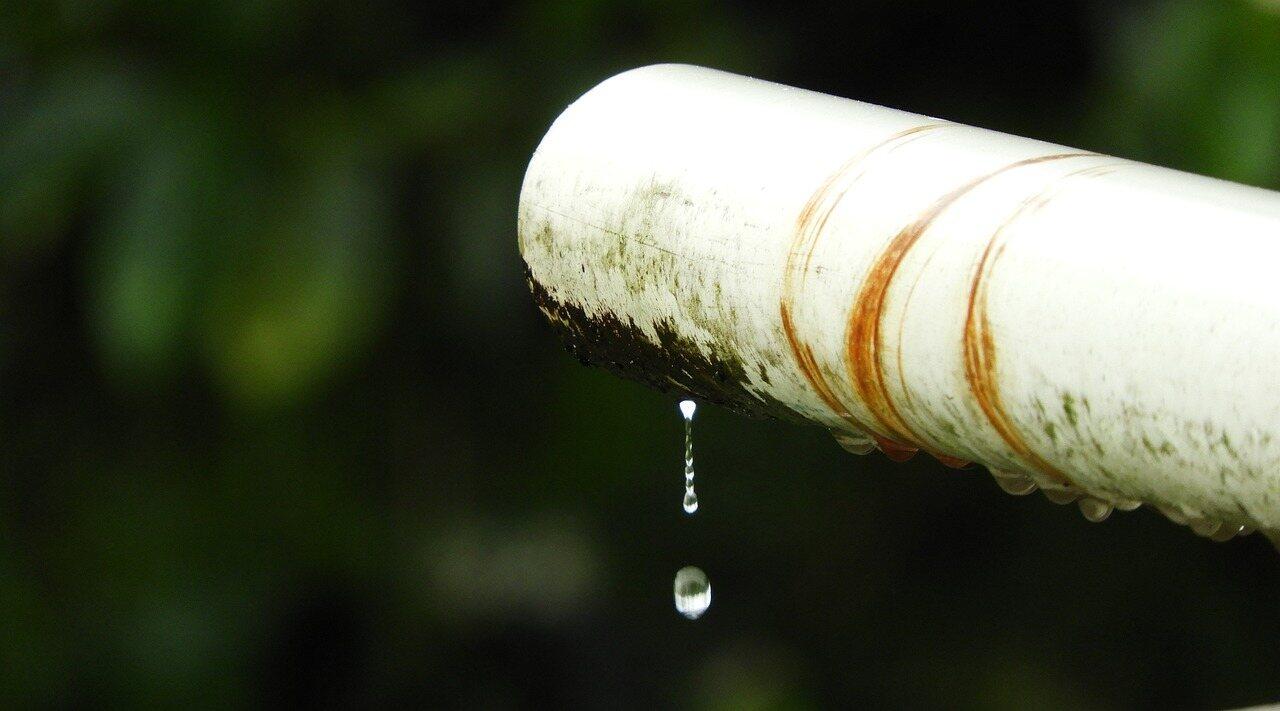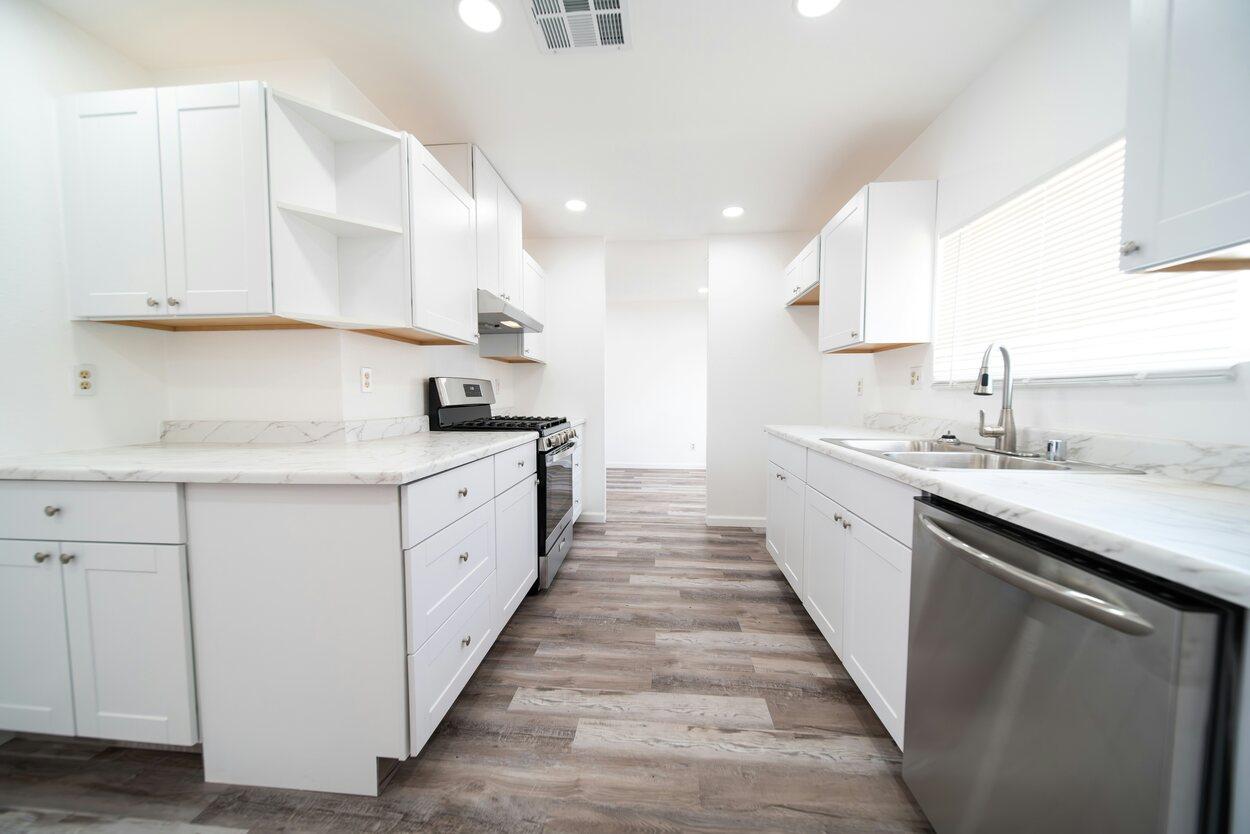Don’t you just hate it when that little leak you ignored turned into a massive plumbing disaster causing extensive water damage in your home? Those pesky leaks can lead to worse problems than simply a stained ceiling or damp carpet. It’s essential to take action before these minor leaks turn into a homeowner’s nightmare. We’re here to guide you through this journey as we draw upon our expertise in plumbing, home appliances, mechanical engineering, and more. This list will provide thirty crucial tips – and we’re going to start with ten.
Contents
- 1. Regular Maintenance Checks
- 2. Frequent Pipe Inspections
- 3. Use Water Detectors
- 4. Monitor Your Bill
- 5. Watch Water Pressure
- 6. Constant Stains Investigation
- 7. Smell for Mildew
- 8. Note Unwanted Sounds
- 9. Consider Professional Services
- 10. Recognize Mold Growth
- 11. Flush Test Regularly
- 12. Water Meter Analysis
- 13. Landscape Monitoring
- 14. Roof Inspection Regularly
- 15. Install Infrared Detectors
- 16. Regular Appliance Checkups
- 17. Spot Damp Patches
- 18. Check Wall Cracks
- 19. Moisture Meters Application
- 20. Recognize Discoloration Locally
- 21. Constant Exterior Survey
- 22. Regular HVAC Inspections
- 23. Invest in Insurance
- 24. Maintain Plumbing System
- 25. Consider Basement Waterproofing
- 26. Check for Bubbling Paint
- 27. Inspect Household Toilets
- 28. Monitor Swimming Pools
- 29. Pay Attention to Foundation
- 30. Install Leak Detectors
- In Conclusion
1. Regular Maintenance Checks
Just like any mechanical engineering structure, your plumbing system requires regular maintenance checks. This includes an overview of all taps (valves), water meters, toilet systems, hydraulics, etc. Examine the equipment for any visible signs of a leak or wear that might lead to one.
2. Frequent Pipe Inspections
Pipe inspections are an essential part of home maintenance. Over time, pipe materials deteriorate, which can increase the risk of leaks. These inspections should also involve checking pipe insulation for any signs of water damage or dampness. Utilising a thermographic camera could reveal temperature differences indicating leaks.
3. Use Water Detectors
Water detectors – an often overlooked tool in plumbing – are a great asset for early leak detection. Place these around your dishwasher, washing machine, and irrigation systems to catch unwanted water presence early. They’ll help reduce water wastage and, subsequently, help with water conservation.
4. Monitor Your Bill
A sudden spike in your water bill could indicate a hidden leak somewhere in your property. Research on water metering makes us aware that subtle changes in your bill may offer crucial information about obscure leaks that are yet to make their physical presence known.
5. Watch Water Pressure
Monitoring water pressure is another useful tip in our list. Too high or too low can indicate a problem with your valve or pressure regulator. It’s also crucial to watch out for uneven water pressure from taps or other appliances like irrigation sprinklers.
6. Constant Stains Investigation

Dedicate some of your time to investigate any constant stains on your walls, ceilings, or basements. Constantly damp spots could indicate a leak within the wall or above the ceiling. These can lead to severe building engineering problems if not addressed promptly.
7. Smell for Mildew
Lastly, let’s not forget our own sensory equipment, especially our sense of smell. Strong, persistent mildew smells directly connect to leaks and dampness. Where there is moisture, mildew is bound to flourish making it a transparent material for leak detection.
8. Note Unwanted Sounds
Sounds can be scary when they come from unwanted places – especially your plumbing system. Unusual sounds like drip irrigation or constant hammering inside the walls should be checked immediately to prevent severe water damage.
9. Consider Professional Services
If you feel overwhelmed by frequent issues with leaks and water damage, it might be best to get professional help. Plumbing services come equipped with expert knowledge in construction, civil engineering, inspection methodologies, and hydraulic engineering. They can nip potential problems in the bud and give peace of mind.
10. Recognize Mold Growth
Last but not least, take note of any mould growth around your property. Leaks create a perfect environment for indoor mould growth that damages materials and presents potential health risks. Early recognition and action are crucial to mitigate these risks.
That’s our first 10 tips for preventing plumbing nightmares. Stay tuned for the rest of our list. Stay vigilant, and act on time, and you can avoid turning a simple leak into a disastrous scenario.
11. Flush Test Regularly
One effective method for early leak detection in your plumbing system is to perform a flush test regularly. This simple procedure involves pressing the flush button of your toilet and observing if the water clears out properly. If it doesn’t, or if you notice a constant trickling even after the process, there’s a strong chance that you have a leak. Proper water conservation measures dictate that such potential leaks shouldn’t be taken lightly as they can lead to water damage in your bathroom and waste significant volumes of water over time.
12. Water Meter Analysis
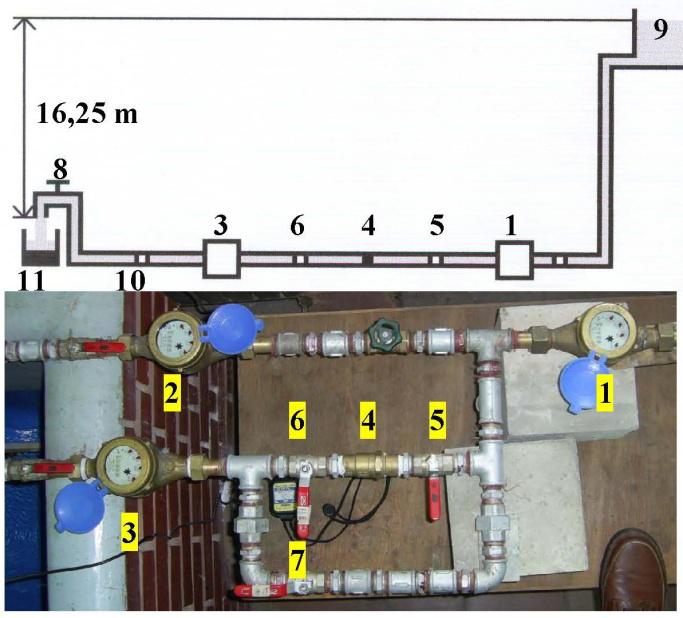
In this day and age, technology has advanced greatly, improving many aspects of our lives, including water metering. A thorough analysis of your water meter readings can help you detect any inconsistencies that could signify a leak. Observing sudden spikes or unexplained increases in water usage is often an indication of a hidden leak in your plumbing system. By monitoring this mechanical engineering feat regularly, you can spot any anomalies early and act before they become major problems.
13. Landscape Monitoring
Drip irrigation systems are a common feature in many gardens today. Their efficiency helps in improving our water conservation efforts but they’re susceptible to leaks too. Carefully monitoring your landscape can reveal if there’s a leak in your irrigation system. Spotting areas that are excessively damp or plants that suddenly seem over-watered might be demonstrating signs of a leaking system.
14. Roof Inspection Regularly
Your roof is another potential site for leaks and water damage. Regular roof inspections using thermographic cameras will not only detect possible leaks but also point out any needed repairs in building engineering which can prevent future leaks. Look out, especially for missing or damaged shingles, which are common places for leaks to start.
15. Install Infrared Detectors

Infrared detectors are a great tool for detecting leaks. Also known as thermographic cameras, these devices use advanced thermal imaging to identify differences in temperature which may be indicative of a leak. As water typically has a different temperature to the surrounding area, infrared detectors can easily highlight potential leaks in our plumbing system and prevent them from escalating.
16. Regular Appliance Checkups
Leaks don’t only occur in the obvious places like pipes or taps (valves). Your home appliances such as your washing machine or toilet can be just as susceptible. Make it a habit to conduct regular checkups on all appliances that utilize water, looking out for any unusual dampness or drippage that could signal an unseen leak.
17. Spot Damp Patches
Detection of leaks isn’t solely reliant on the use of cutting-edge equipment. Sometimes, being vigilant can be just as effective. Watch out for damp patches on walls and floors, especially in your basement. Damp patches provide the perfect conduit for indoor mould and can result in bigger problems down the line if not addressed promptly.
18. Check Wall Cracks
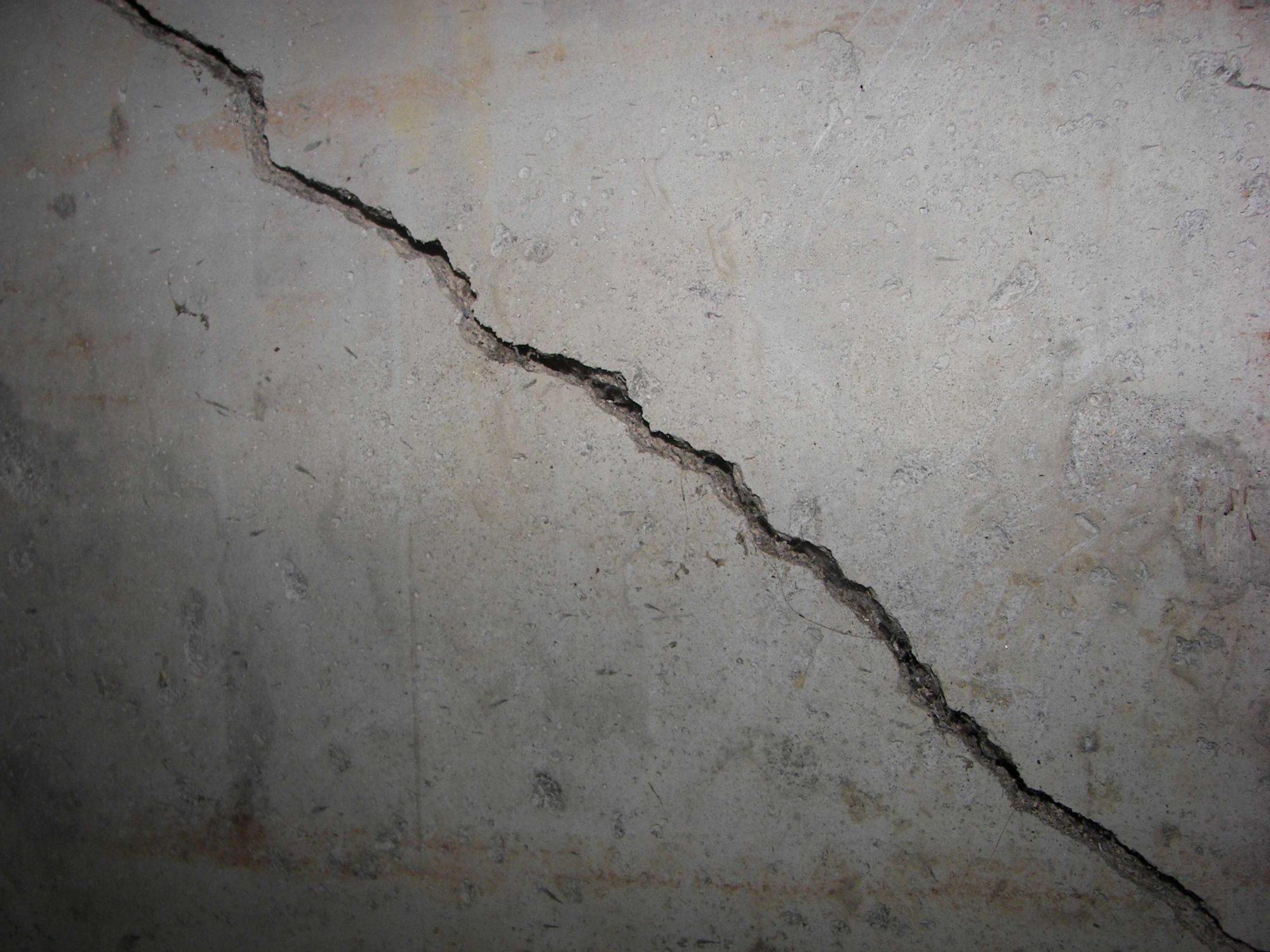
Pay close attention to any cracks in your walls, as they can disclose hidden leaks within your house’s skeleton—the internal hydraulic engineering systems. If you notice any new cracks or bulging surfaces, this could be due to pressure buildup caused by leaking water behind the wall—indicative of a potential issue with your plumbing system.
19. Moisture Meters Application
Made with technological advancements, moisture meters are incredibly useful tools when it comes to leak detection. These devices measure the moisture content in various materials including wood and drywall thus helping you identify any abnormal increases due to leaks. No more guessing work, these tools is a step forward in environmental engineering.
20. Recognize Discoloration Locally
Locally, discolouration can be a big giveaway when it comes to plumbing leaks. Be it on your walls, ceiling or floors, discolored spots usually denote water damage from leaks. Observing such irregularities in time could save you from a potential nightmare dealing with extensive water damage repairs and associated costs.
21. Constant Exterior Survey
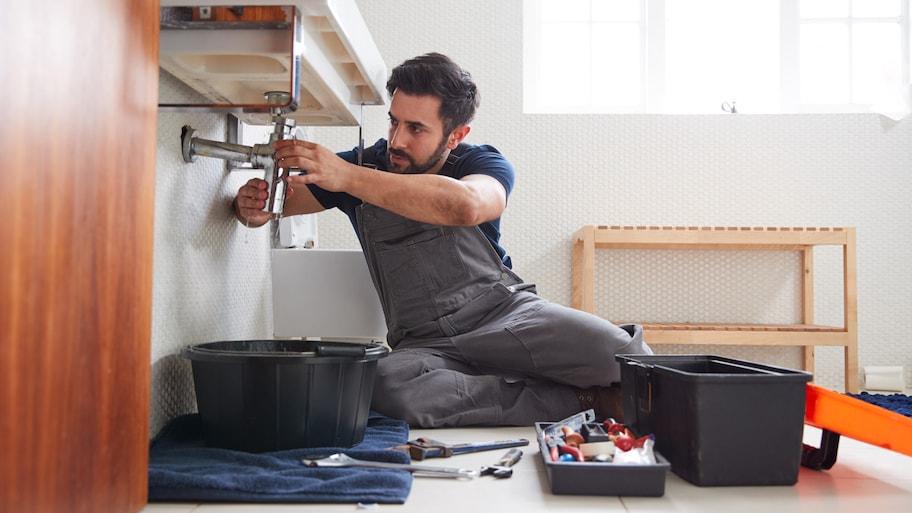
As your friendly neighbourhood plumber, I can’t stress enough how important it is to perform constant exterior surveys of your property. Look for signs of leaks like wet patches on walls, drips from the gutter, or suspiciously verdant patches of lawn. These might indicate an underground water leak, sewer or mains water problem. Remember, early detection could save you a lot of drama later!
22. Regular HVAC Inspections
You should also consider regular inspections of your Heating, Ventilation and Air Conditioning (HVAC) system. These systems can develop condensation leaks, causing damage to surrounding areas and facilitating mould growth. Having them inspected and serviced regularly will keep them functioning efficiently and make early leak detection possible.
23. Invest in Insurance
Now let’s discuss insurance. Some people shy away from insurance because it seems like an unnecessary expense – until they experience the utter nightmare of a neglected leak leading to extensive damage. Do research recommendations for home insurance policies that cover water damage arising from bursts and leaks. It can be a lifesaver!
24. Maintain Plumbing System

It only makes sense that maintaining your plumbing system is part and parcel of avoiding watery nightmares. This includes clearing drains, regularly inspecting pipes in and around your home, and immediately fixing any small leaks you notice. Remember: a little maintenance can go a long way in preventing catastrophic leaks.
25. Consider Basement Waterproofing
If there’s a chance you’re leaking most frequently in the basement, then it might be worth considering basement waterproofing. This preventive measure ensures that any moisture permeating the foundation is straightaway rerouted away from your house, thus stopping any potential leaks dead in their tracks.
26. Check for Bubbling Paint
Bubbles in your wall paint might be cute on a kid’s mural but in the adult world, they signal trouble in the form of water leaks. Watch out for “bubbling” or flaking paint which can indicate a hidden leak within your walls. Addressing these signs early can avoid big problems.
27. Inspect Household Toilets
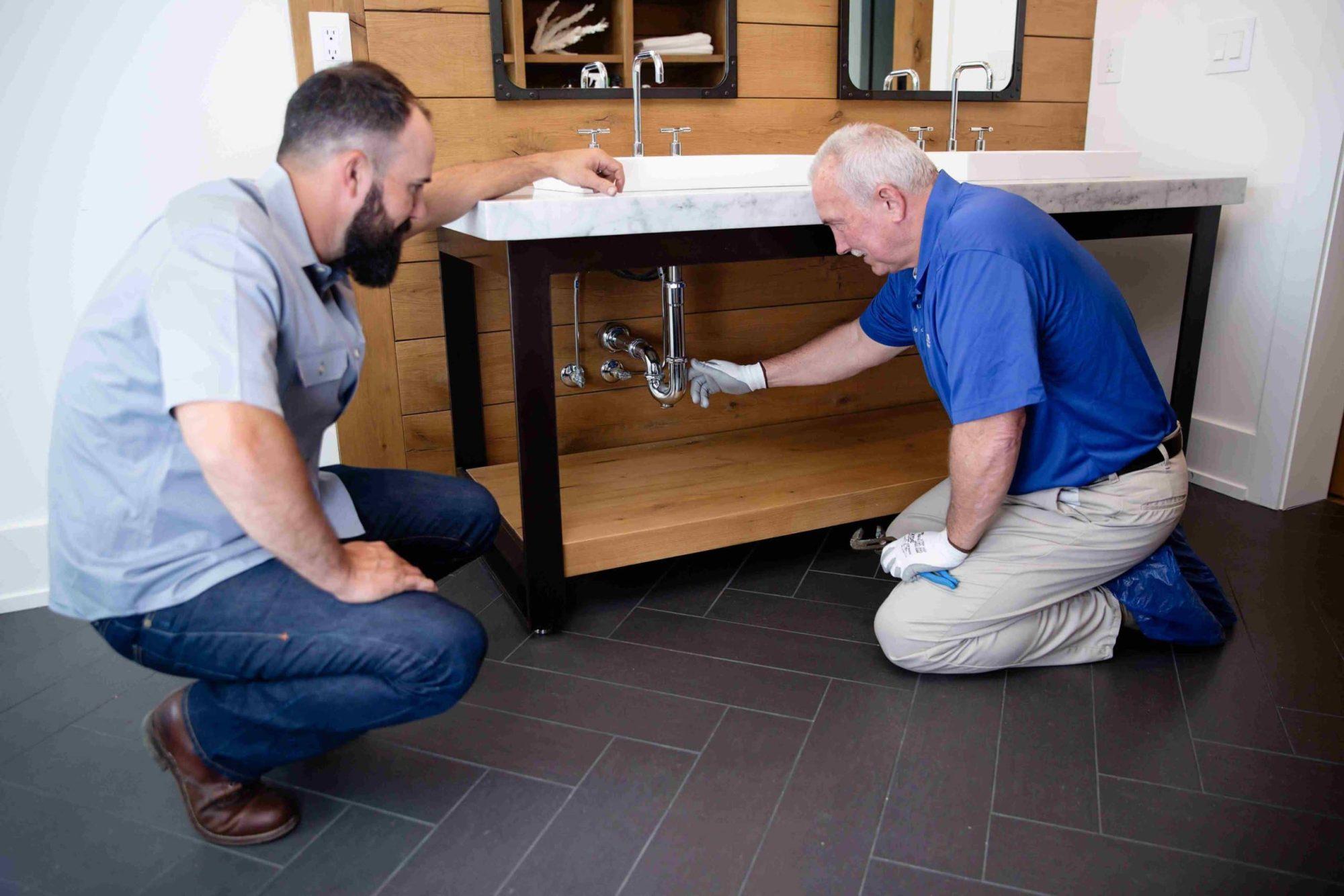
Given that toilets use a significant portion of your water, you should routinely inspect them. Check for consistent running sounds, leaks near the base, and difficulty flushing as these are all signs of potential issues that need urgent attention.
28. Monitor Swimming Pools
If your home has the luxury of a swimming pool, it’s important to monitor water levels regularly. Any sudden changes could point to a leak in its lining or plumbing system. Taking action immediately will not just save water, but also prevent long-term damage to the pool and accompanying structures.
29. Pay Attention to Foundation
The foundation should not be overlooked. A leak might get reflected in cracks in the foundation or walls of your home. Be on the lookout for these signs and contact a professional if you suspect any issues.
30. Install Leak Detectors
The last tip is a bit fancy – leak detectors. They’re small devices that you can install near appliances or areas at risk of leaking like bathrooms and kitchens. These clever little gadgets send an alert when they detect excessive moisture or water breakouts, allowing you to act fast!
In Conclusion
Tacking leaks proactively keeps small problems from ballooning into monstrous nightmares down the track. Regular inspections, routine maintenance, proper insurance cover and advanced measures like leak detectors can all play critical roles. Remember, we are always here at Dan’s Plumbing to assist whenever you need us. Early detection can make a world of difference; don’t let a trivial leak lead to a nightmare!
Related posts:
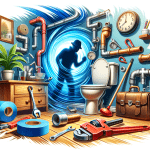 Mystery Leak? Dan’s Plumbing Can Help Find the Culprit and Fix It Fast
Mystery Leak? Dan’s Plumbing Can Help Find the Culprit and Fix It Fast
 Plumbing Peace of Mind: Professional Preventative Maintenance for Your Home
Plumbing Peace of Mind: Professional Preventative Maintenance for Your Home
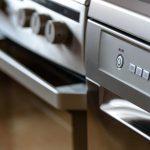 Our Practical Tips to Help Prevent a Dishwasher Drain Block
Our Practical Tips to Help Prevent a Dishwasher Drain Block
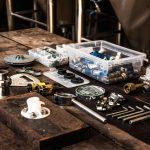 Confessions of a Plumber: Tell-tale Signs Your Sydney Home Needs Our Plumbing Expertise
Confessions of a Plumber: Tell-tale Signs Your Sydney Home Needs Our Plumbing Expertise
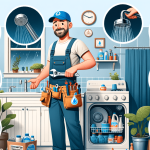 Every Drop Counts: Dan’s Plumbing Tips to Conserve Water at Home
Every Drop Counts: Dan’s Plumbing Tips to Conserve Water at Home
 Bidding Farewell to Mould and Mildew: Keeping Your Kitchen Plumbing Hygienic
Bidding Farewell to Mould and Mildew: Keeping Your Kitchen Plumbing Hygienic

